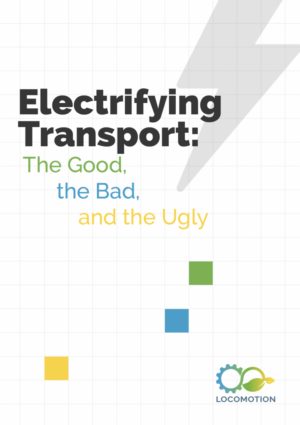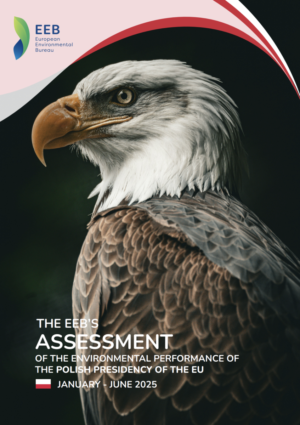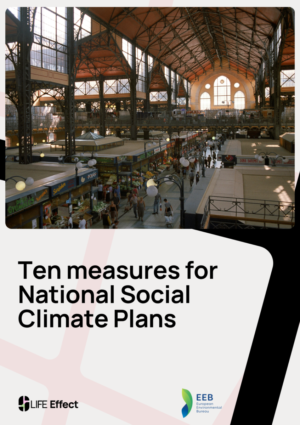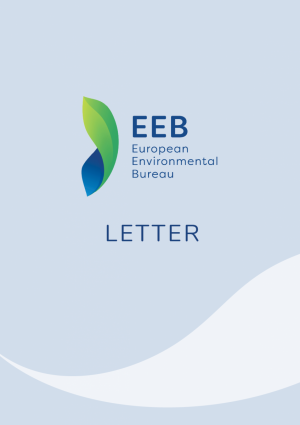
Electrifying Transport: The Good, the Bad, and the Ugly
In 2020, the European Union launched the European Green Deal (EGD) as its flagship policy package to reach a carbon-neutral economy by 2050. The decarbonisation of the transportation sector, which today contributes to around one-third of global emissions, is a priority for the EGD. But by pledging to reduce sectoral CO2 emissions by 55% by 2030, the EU is faced with the challenge of re-imagining the mobility system, which currently relies on CO2-intensive and individual transportation practices.
So far, in line with the global trend, the decarbonisation strategy of governments across the EU has been centered around the electrification of the transportation sector. While abandoning a fossil fuel-based transportation system can yield many advantages, the idea of carrying out a full electrification of the mobility system with no change in mobility patterns raises some eyebrows in the scientific community. Scepticism arises from the huge lifecycle energy requirements of large-scale electrification, the amount of raw materials (some critical), and the supporting infrastructure needed for EV battery production.
Using a strong evidence-based approach, this policy brief sheds light on the energy and material implications of transport electrification based on the scientific paper “Material and Energy Requirements of Transport Electrification”, a peer-reviewed investigation into decarbonising the transportation sector as part of the LOCOMOTION project.
LOCOMOTION is an EU Horizon 2020 project aiming to develop an Integrated Assessment Model (IAM) to compare and understand the effects of different policy options. The model, called MEDEAS-W, simulates four policy scenarios and their projected consequences on the economy, society, and the environment. Each scenario is based on different political assumptions on how to reach carbon neutrality by 2050, and accordingly, each scenario includes a set of specific decarbonisation policies.
This policy brief starts with the four policy scenarios to build a case for the most energy- and material-sustainable policy pathways to stay within the Paris Agreement’s climate targets. The following section delves deeper into the characteristics of each scenario.
The three sections of this paper are structured as follows. Section 1: “The energy requirements of the transition” starts with broader energy considerations on the electrification of transport, then continues by showing WILIAM’s results on each scenario’s energy implications of electrification of transport. Similarly, Section 2: “The material requirements of the transition”, first delves into the broader material challenges that electrification will face; secondly, results from the WILIAM model are shown, projecting material scarcities across time and for each scenario. Finally, the policy brief concludes with policy recommendations (Section 3).






